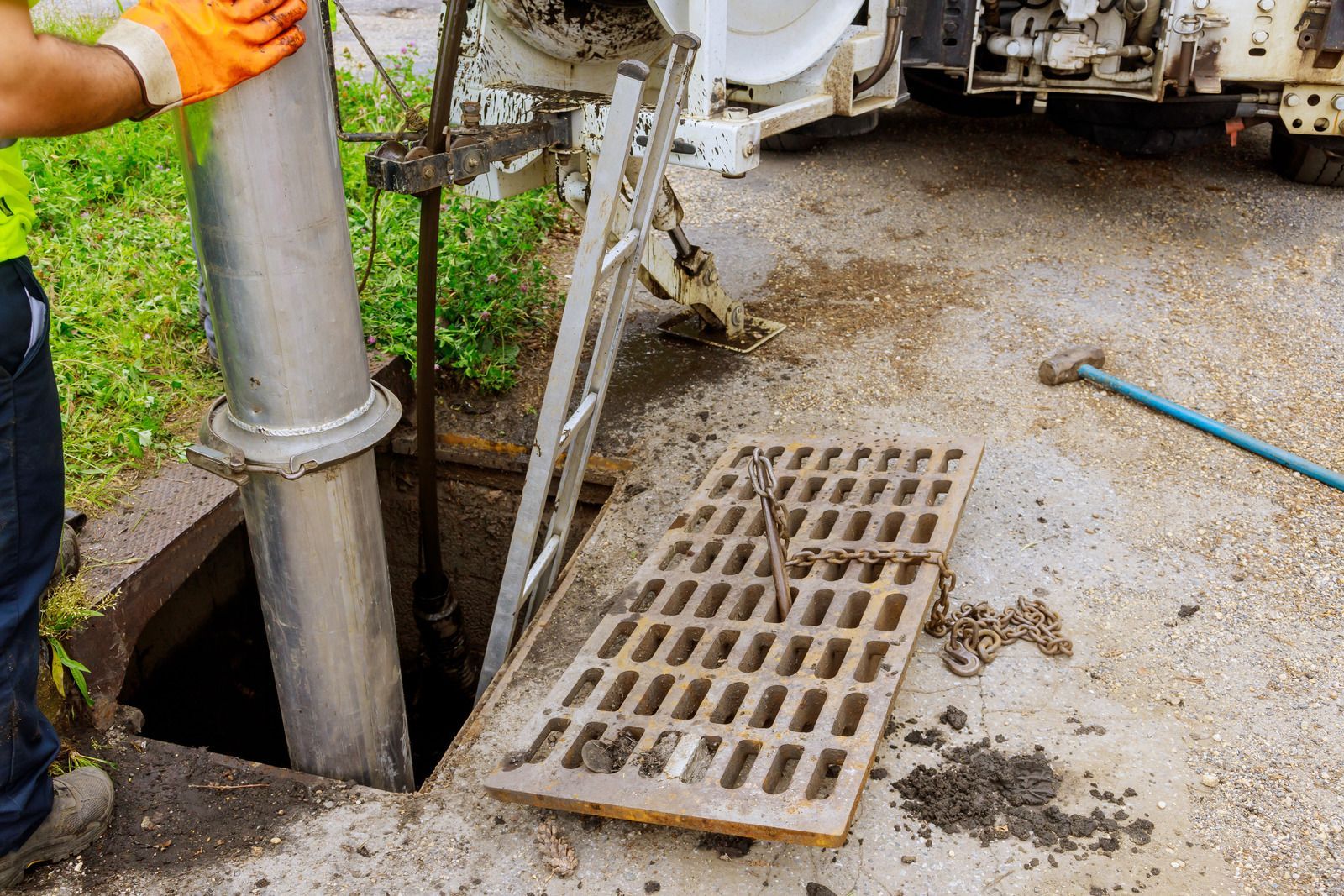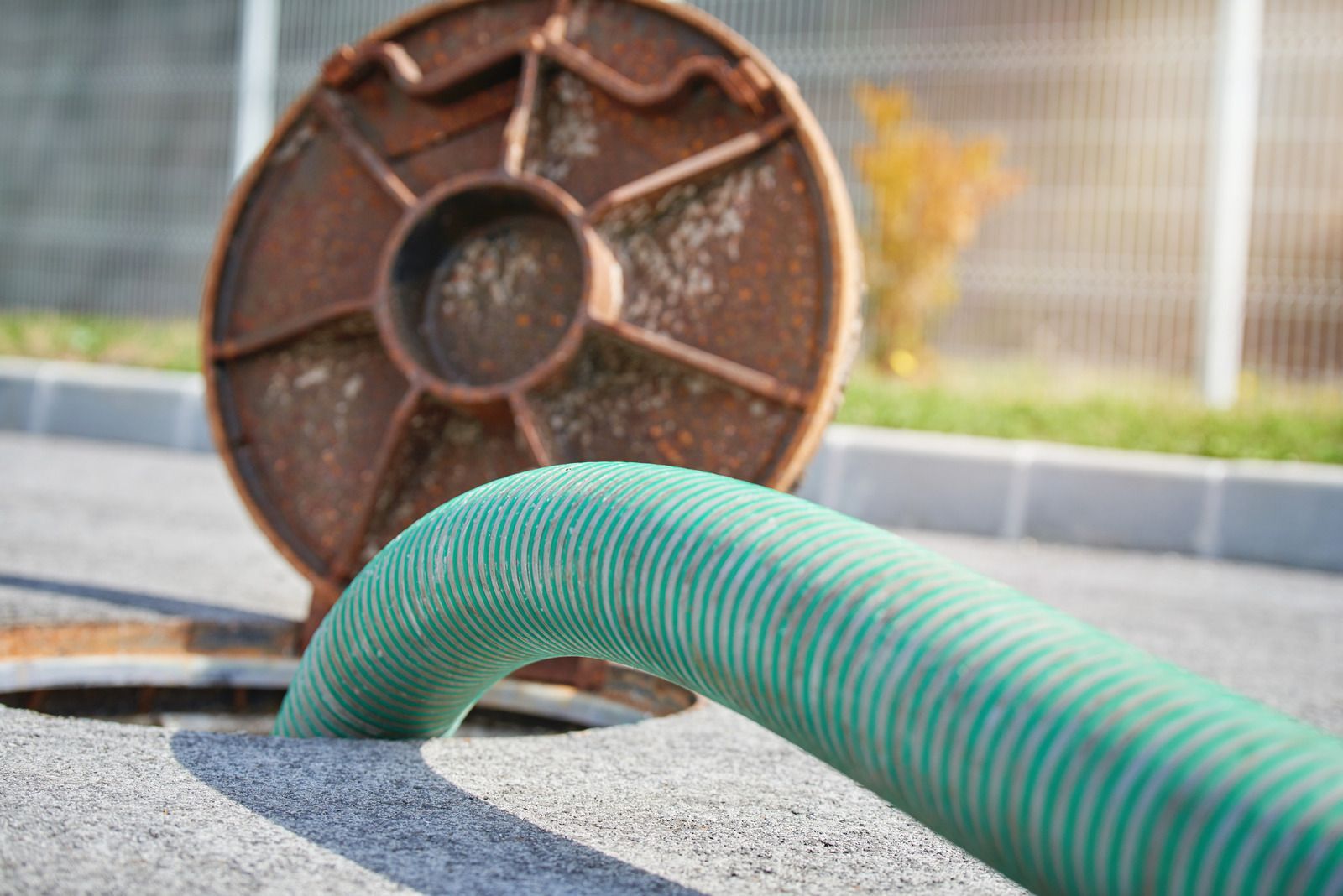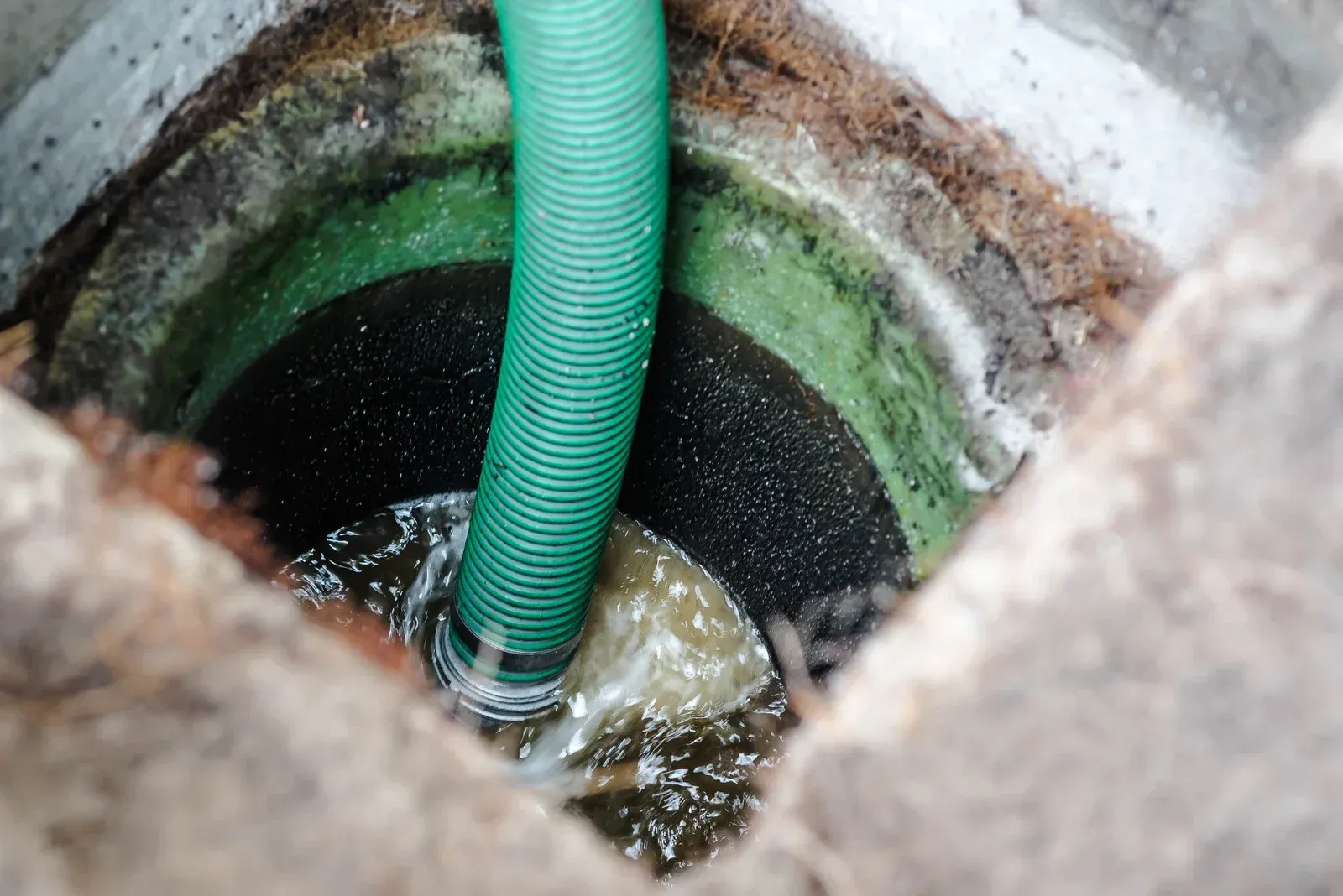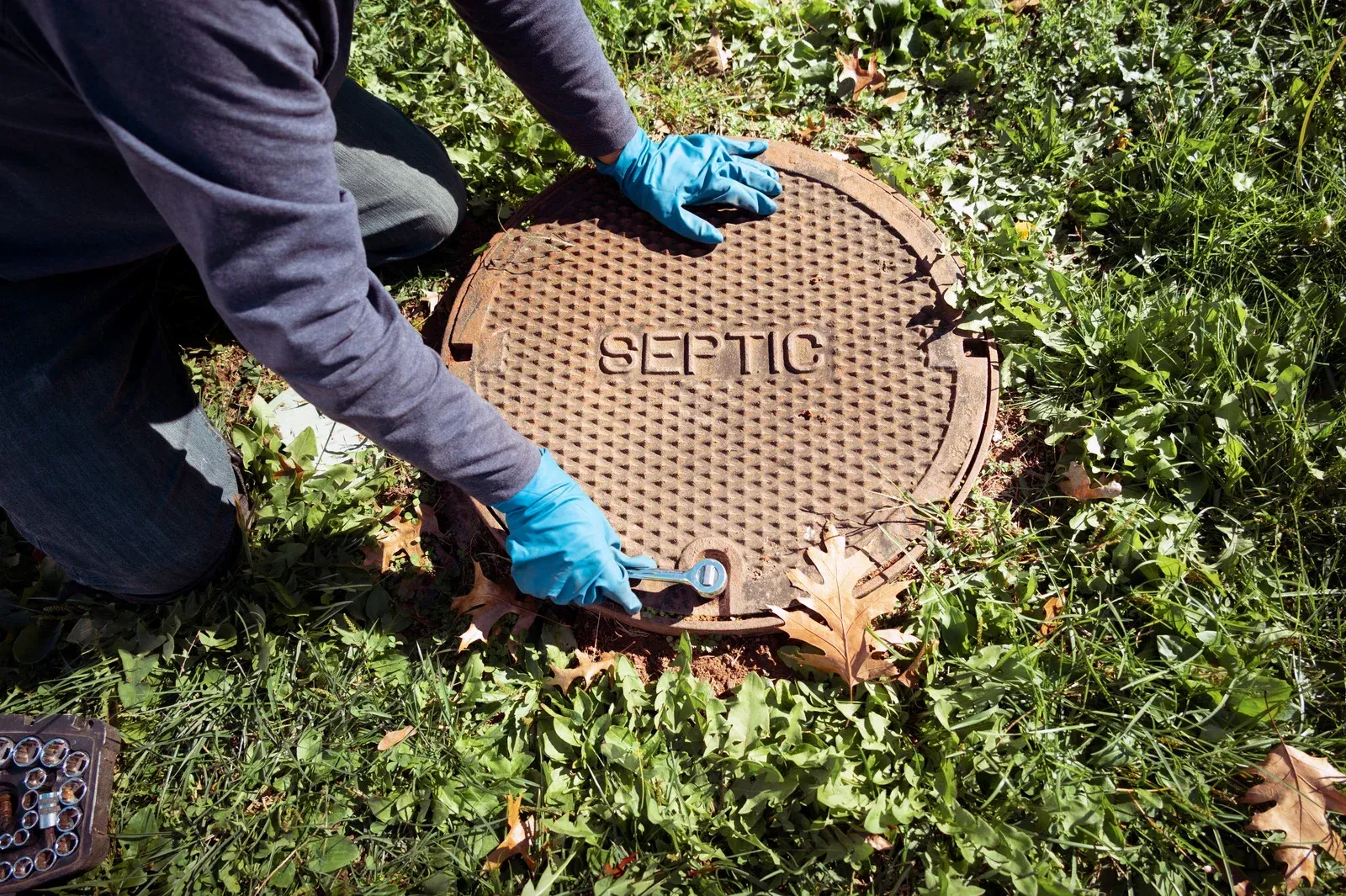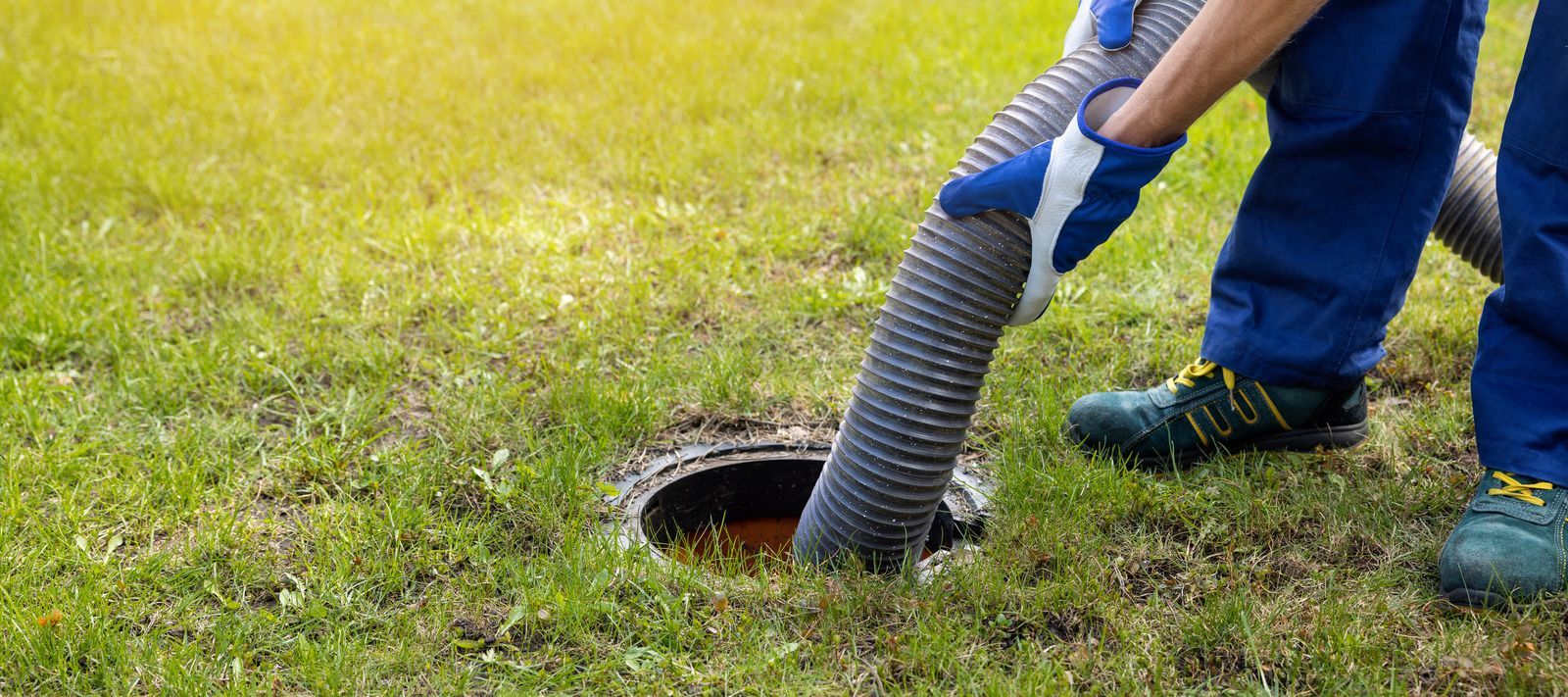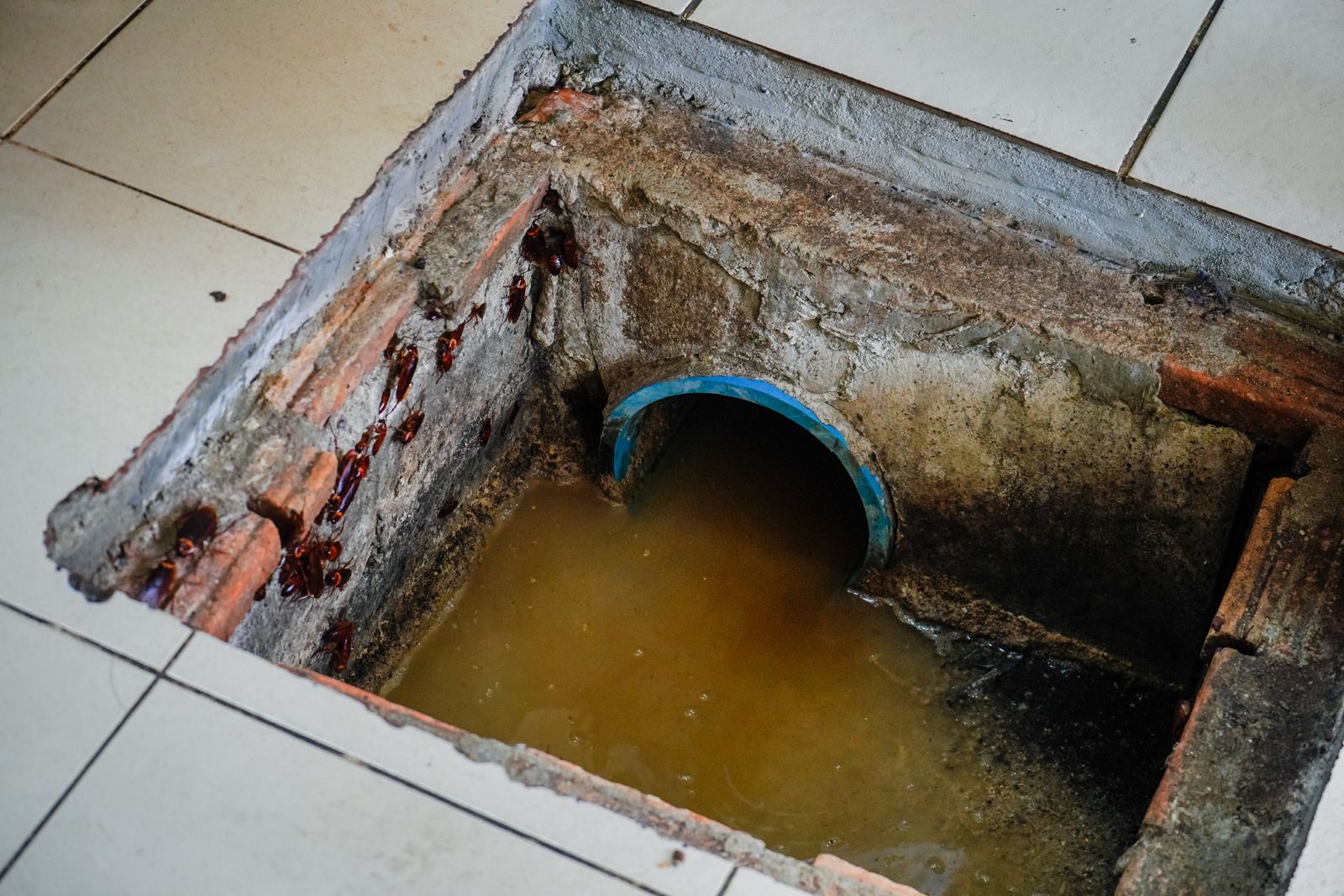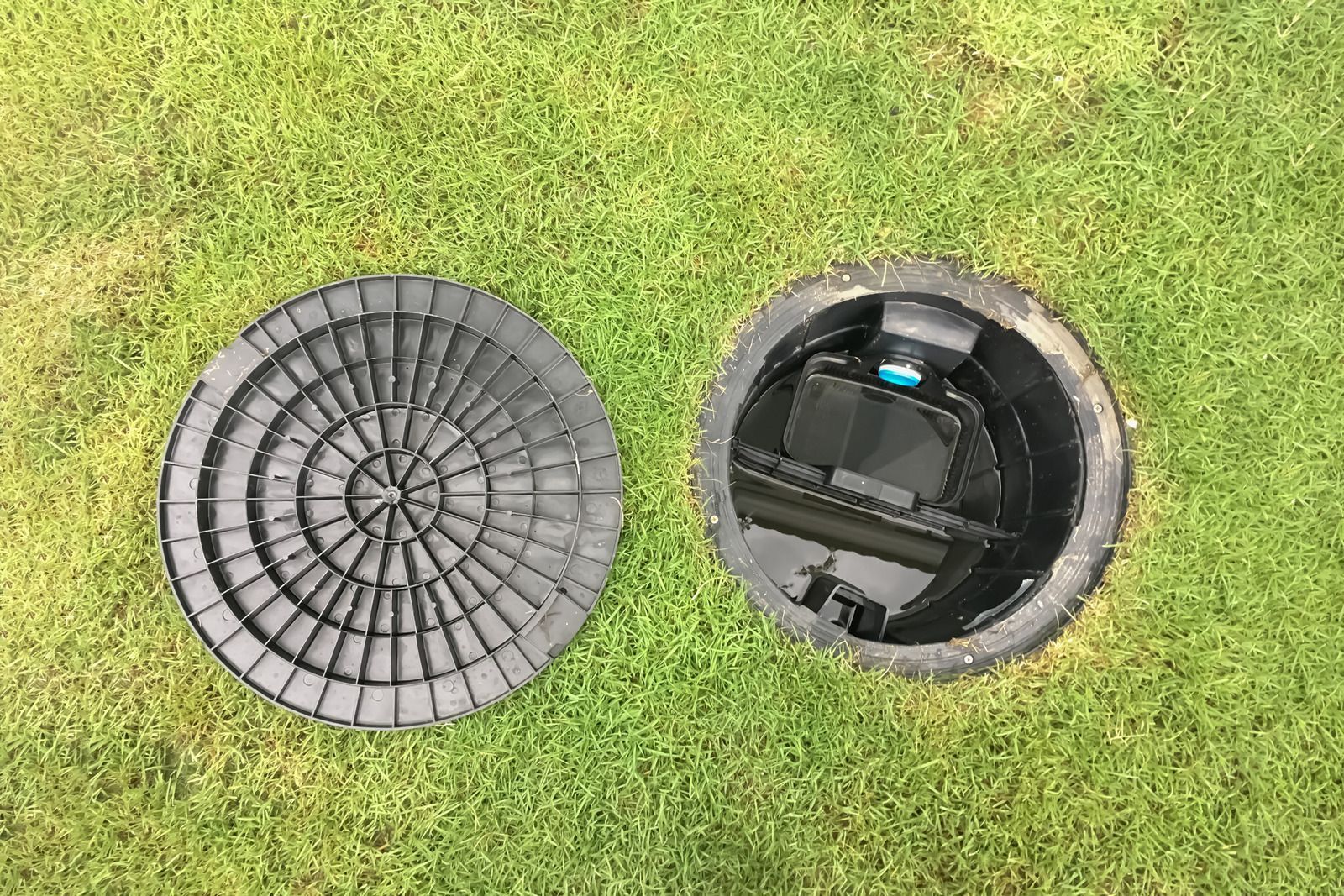Choosing the Right Septic Tank System for Your Needs
Living in a rural area or far from a municipal sewer system means you need a septic tank for all your wastewater requirements. Septic tanks remain under the ground and separate solid waste from liquid waste. While the solid waste decomposes naturally, the liquid waste is drained. You can realize how important it is to have a well-functioning septic tank that can take care of all your wastewater needs.
When you are selecting a septic tank that can handle your requirements, you need to ensure proper wastewater treatment. With the right septic tank, you can avoid costly repairs or environmental problems.
Factors to Consider When Selecting A Tank
Property Size and Location
The capacity of the septic tank that you need is the first parameter you should think of. The size of your property will determine the capacity of the septic tank you need. Where your property is located also affects the type of drain field that's suitable. In case your property has a high water table, a sand mound system might be necessary.
Household Size
It is obvious that the number of people affects the size of the tank needed. If there are more people, the tank required will be larger as the amount of wastewater generated is huge. Larger households will need a septic tank that can handle a greater volume of waste.
Water Usage
How much water is used can determine the capacity of your septic tank and its size. If you have a large family or use a lot of water for landscaping, you'll need a larger tank. You can ask professionals to guide you through the range of septic tanks.
Soil Conditions
Soil is another important consideration when you are thinking of getting a septic tank. The type of soil determines how efficient the drain fields will be. Sandy soils drain well and are the best fit for septic systems, while clay soils can be more challenging.
Types of Septic Tank Systems
Conventional Septic Tank
Most homeowners opt for the single-tank system. This is the most common type of septic tank. It consists of a single tank that separates solids from liquids. The solids decompose naturally in the tank, while the liquid is discharged into a drain field.
Two-Chamber Septic Tank
As its name suggests, there are two chambers in this septic tank. The first chamber acts as a primary settling tank, where the solids settle to the bottom. The liquid then flows into the second chamber, where it undergoes further treatment before being discharged into the drain field.
Mound System
This system is used in areas with high water tables or poor soil conditions. The drain field is constructed on a mound, which helps to prevent the wastewater from backing up into the septic tank.
When you carefully consider the factors listed above and choose the right septic tank system for your needs, you are protecting your property and the environment. A hired expert checks with your local building department or health department. They determine any specific regulations or requirements for septic tank systems in your area.


